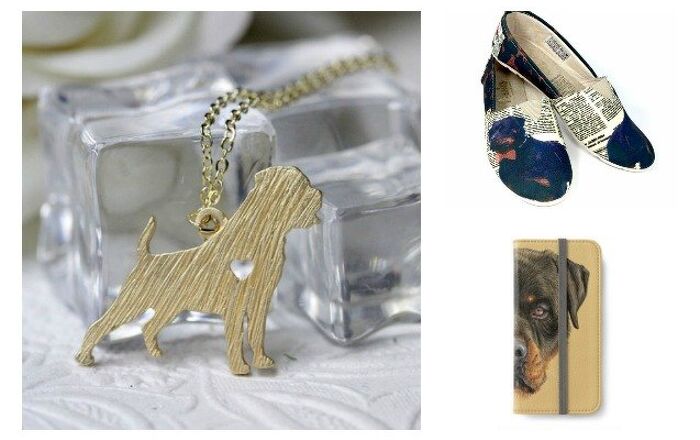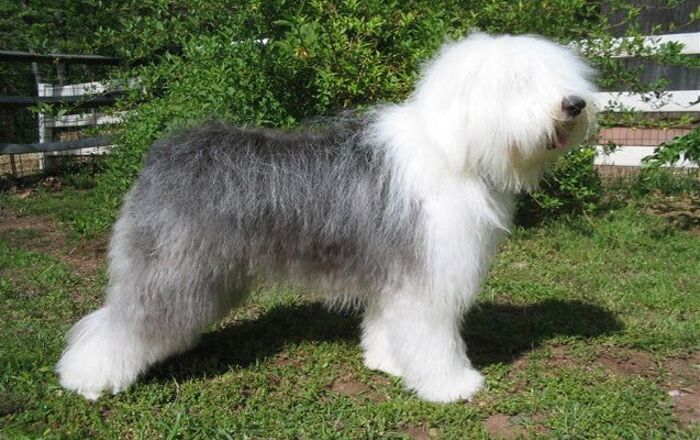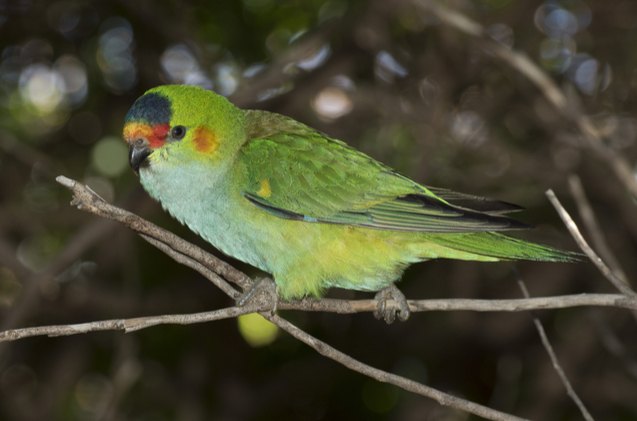
Purple Crowned Lorikeet General Info
Unique in the diverse family of Lories, these cute tiny birds make friendly and loving companions. Thanks to their small size and relatively quiet behavior, Purple Crowned Lorikeet is a great choice for an apartment pet. Besides their lovely personality, these little birds also have a striking appearance. Full of bright colors clumped together on their small bodies, the Purple Crowned Lorikeet never fails to impress. Additionally, these social little birds do well in aviaries with other birds of similar size.
Thanks to their small size and relatively quiet behavior, Purple Crowned Lorikeet is a great choice for an apartment pet.
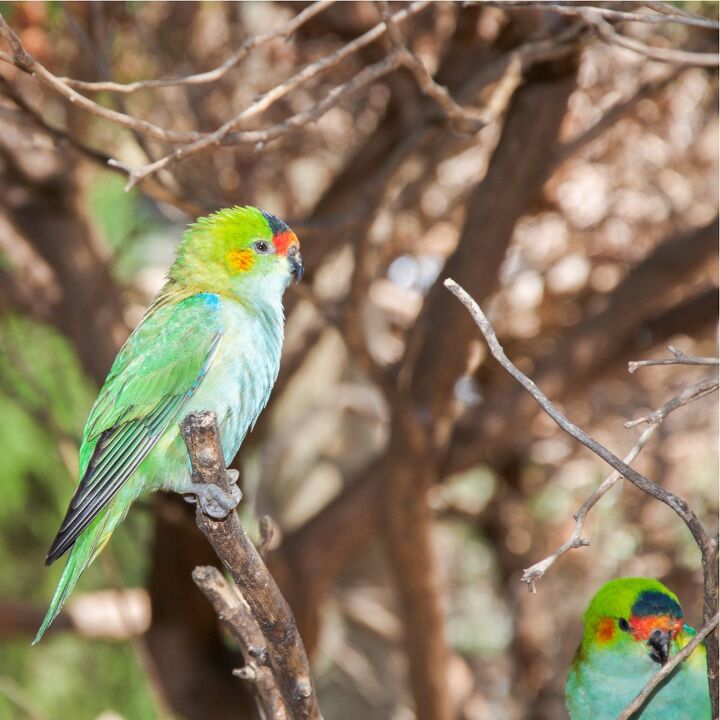
Native Region/Natural Habitat
These little parrots are naturally found in the southern regions of Australia. These areas include the Eyre Peninsula, stretching all the way through the Gawler and Flinders Ranges, and on to Victoria and East Gippsland. These nomadic birds adapt to a variety of habitats, mostly dry areas with sparse woodlands and forest edges. It is also sighted in urban areas, where it ventures in search of food. The main reason for their nomadic movements is the constant search for flowering Eucalyptus trees, that make up most of their nectar and pollen-based diet.
Overall Description
The family of Lorikeets is large and very diverse. More often than not, the similarities between the breeds are very hard to spot. The Purple Crowned Lorikeet is the perfect example of this fact. Considerably smaller than most of its cousins, it shows a few unique physical aspects. Their looks resemble Fig Parrots and similar small species more than your average Lory. You will quickly notice their tiny, pointy beak and a short but tapered tail. The adults reach an average length of just 6 inches (16 centimeters) and will weigh 2 ounces (50 grams) on average. Their size makes them easy to care for in terms of accommodation. An average cage will be spacious to a bird of this size.
Speech and Sounds
Small birds often can’t be extremely loud – mostly due to the size. While Purple Crowned Lorikeet is not too noisy, their natural calls can still be shrill and piercing. They consist of a unique, metallic sound that sounds like a really high pitched chirp. But overall, these little birds are not too vocal, especially when surrounded by caring and friendly owners. Most excessive noise comes stems from various forms of neglect.
Colors
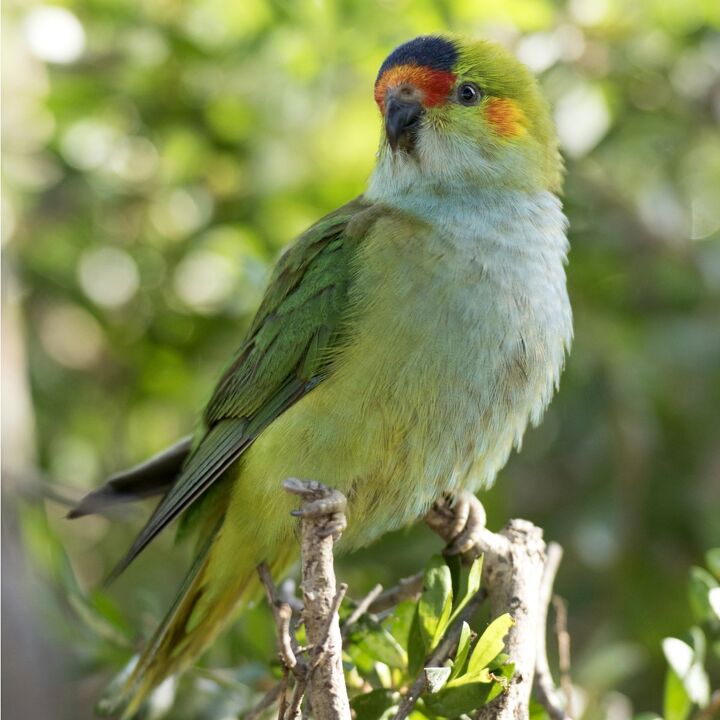
Most birds that are this tiny are pretty bland when it comes to colors. But Purple Crowned Lorikeet definitely breaks this unspoken rule. Their little chubby forms are full of colors and bright combinations. The body is mostly light green, with darker shades on the wings. The chest and belly are light, almost turquoise blue, stretching down to the legs. The top of the head, as the name suggests, is dark purple, with a fiery orange patch just below it and above the beak. Two circular patches on the cheek give them a cute, blushing look.
These parrots are very fast flyers, and they often get in trouble by colliding with things.
Care and Feeding
The Purple Crowned Lorikeet is a predominantly nectar-feeding bird in the wild, and the same goes when they’re pets. Any good pet store should have a commercial brand parrot nectar, which will be a great start of a balanced diet. These are designed for Lories and Lorikeets and formulated in a way that will suit smaller breeds. They should also have fresh fruits in their diet, once or even twice daily, which will give them the vitamins not found in commercial nectar. These Lories are known to become obese if lacking enough space and exercise. Avoid overly small cages, even if it seems spacious at a first glance. Better to have some extra room, than future problems.
Health and Common Conditions
Despite their size, these parrots can be hardy and healthy when properly looked after. Even so, their lifespan is not too long and reaches 10 years on average. To ensure they stay healthy and happy throughout their life, you will have to put some effort. Make sure they are not neglected and have plenty of interaction with people. Affection and socialization ensure you have a thriving pet parrot.
The Purple Crowned Lorikeet is primarily a nectar-feeding bird. You can find commercial nectar for your bird in any larger pet store.
Personality & Behavior
You’d be surprised to find out how much energy is contained in these little birds. They love to fly around the house and play about with toys that you should provide. These are friendly and docile birds, often shyer than they appear. This friendliness is most apparent when the Purple Crowned Lorikeet is kept as an aviary bird, with other birds of similar size. They’ll enjoy the company and get along well with other feathery tenants. If you want to keep them in a cage, consider getting a pair- just to make sure they’re not lonely or bored when you’re away at work.
Photo credit: John Carnemolla/Shutterstock; EA Given/Shutterstock






